Breast reconstruction after oncology and mastectomy
This complex surgical intervention allows you to restore the lost organ to its previous shape so that the breast looks natural and aesthetically pleasing. However, reconstruction after mastectomy is fundamentally different from standard plastic surgery and is performed only by an oncologist surgeon, taking into account the specifics of the diagnosis.

specialists

equipment

treatment
Methods of breast reconstruction
Prosthetics or implantation
With the help of this type of surgery, it is possible to restore lost breast volume even after a radical mastectomy with an almost complete absence of healthy tissue.
The implants are installed in two stages. During the first operation, a special pocket is formed under the pectoralis major muscle, where an expander is then placed. This is a silicone balloon with a function of gradual filling with saline solution in order to stretch the tissues necessary for subsequent placement of the implant. The process can take 3-4 months.
Then a second operation is performed, during which the expander is removed and a permanent breast prosthesis is installed. In order to correct the shape of the other mammary gland at the patient's request, the implantation technique is also used. Additionally, reconstruction is combined with subsequent lipofilling - an operation to introduce one's own purified fat cells into the breast tissue. The manipulation allows one to achieve the effect of greater volume and naturalness.
A breast implant after a mastectomy can be hydrogel, saline or silicone in composition, which ensures its high biocompatibility with living tissues. Prosthetics is less traumatic compared to other types of reconstruction, and rehabilitation after surgery is much faster. The disadvantages include the need to replace implants after 10-15 years.
Transplantation
Breast reconstruction after removal also involves the option of transplanting one's own tissues. For this purpose, flaps taken from:
- From the back (LD). The area, including skin, subcutaneous fat and muscles, is transplanted to the operating area through the armpit
- from the abdomen (TRAM and DIEP). The first option is a flap of skin together with the muscle, but due to subsequent slow healing it is now almost never used. The DIEP flap is the most preferable, since it does not affect muscle tissue. In addition, in the vast majority of cases, the physiological characteristics of patients allow taking a flap from there, subsequently obtaining a flatter abdomen
- from the buttocks (S-GAP) or the inner thigh (Grazilis)
The intervention is usually performed immediately after mastectomy, provided that the necessary tissues are available to form a reconstructive flap. The required area is fixed by intradermal suturing with self-absorbable threads.
Transplantation allows for a more natural result that does not require surgical renewal. However, such surgery requires several hours, is fraught with a high risk of complications, the formation of scars at the site of the transplant, and requires long-term wearing of a bandage.
Nipple and areola modeling
The formation of the nipple-areolar complex is performed after the damage received during surgical breast reconstruction has completely healed. The nipple is formed using skin transplantation from the mammary gland, earlobe or labia minora. Tattooing is successfully used to recreate the areola, which is less traumatic than transplantation of one's own tissues.
Indications

The patient makes the decision to restore the breast after removal independently. The operation is indicated as an effective method that allows:
- Restore the lost shape and size of one or both mammary glands
- Perform correction of nipples and areolas
- Achieve symmetry and desired attractiveness of the bust

However, some concomitant diseases make breast reconstruction impossible, namely:
- Active oncological phase
- Severe pathologies of the heart and blood vessels
- Hemodynamic disorders
- Respiratory diseases
- Severe obesity
- Autoimmune pathologies
- Hepatitis B, C
When relative contraindications are eliminated, for example, an infectious disease (ARI, flu, etc.), plastic surgery after mastectomy becomes possible with the consent of the attending physician.
General information about the procedure
Breast reconstruction at the K+31 clinic
The plastic surgery department of the K+31 medical center is equipped with high-tech operating rooms and intensive care units for diagnostics and surgical correction of the face and body of any complexity.
Experienced oncology surgeons provide detailed consultations on mammoplasty after cancer, and fully control the process of aesthetic treatment, including postoperative rehabilitation.
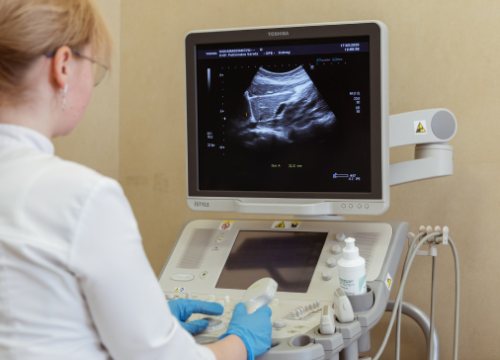

This award is given to clinics with the highest ratings according to user ratings, a large number of requests from this site, and in the absence of critical violations.

This award is given to clinics with the highest ratings according to user ratings. It means that the place is known, loved, and definitely worth visiting.

The ProDoctors portal collected 500 thousand reviews, compiled a rating of doctors based on them and awarded the best. We are proud that our doctors are among those awarded.
Make an appointment at a convenient time on the nearest date
Price
Plastic surgery in K+31


















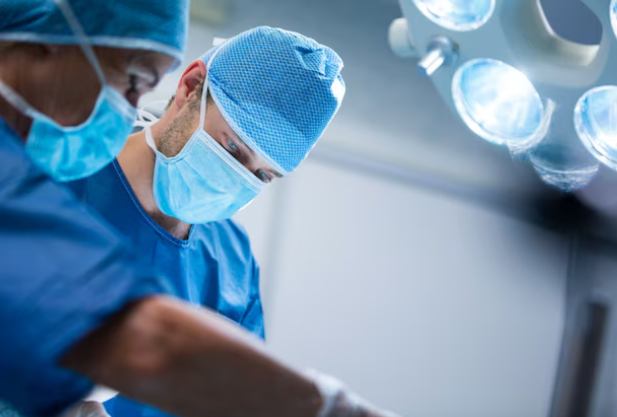

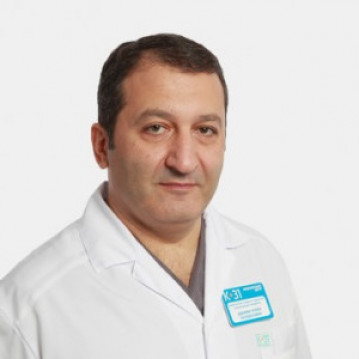
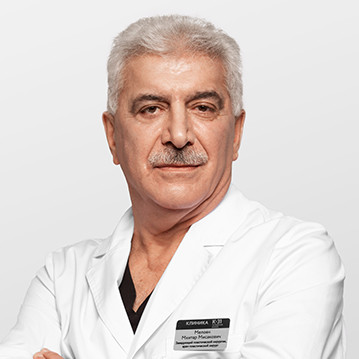
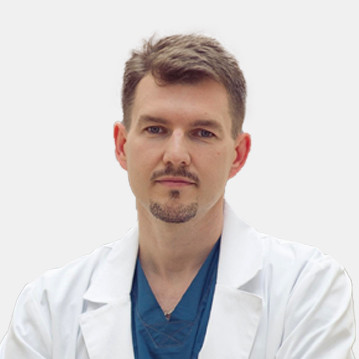
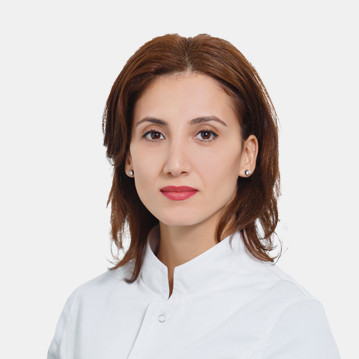
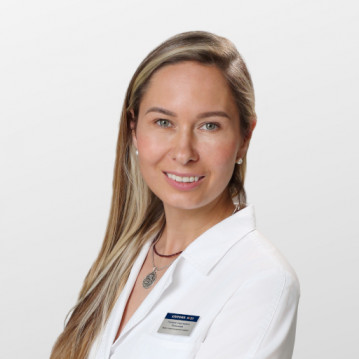

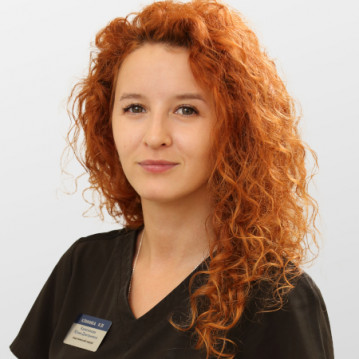
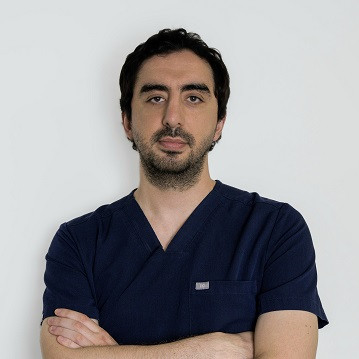

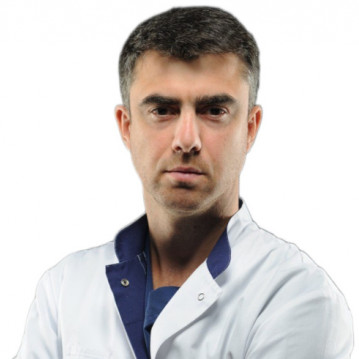
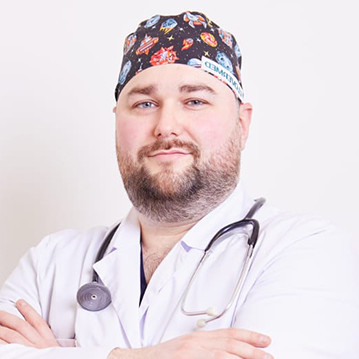


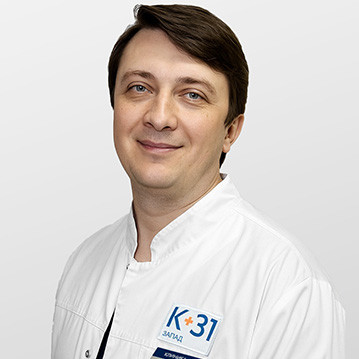

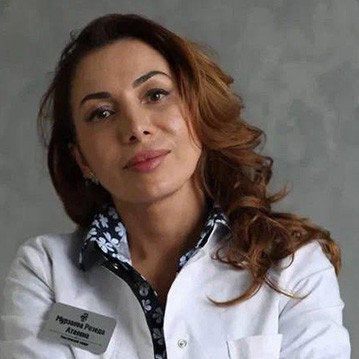
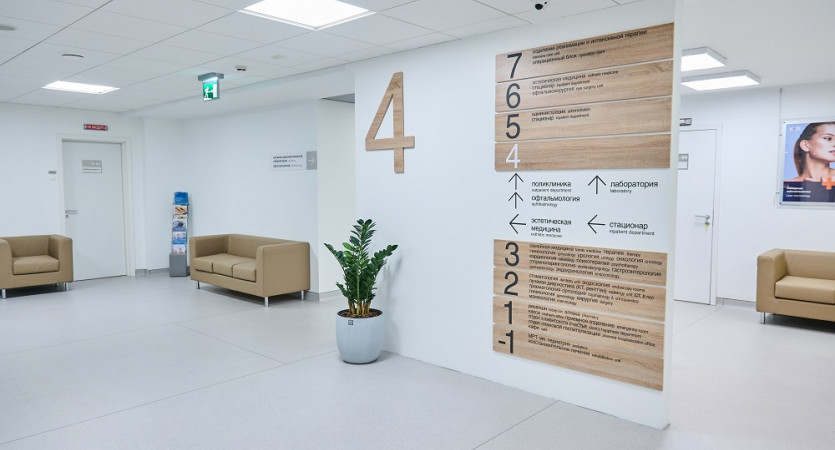
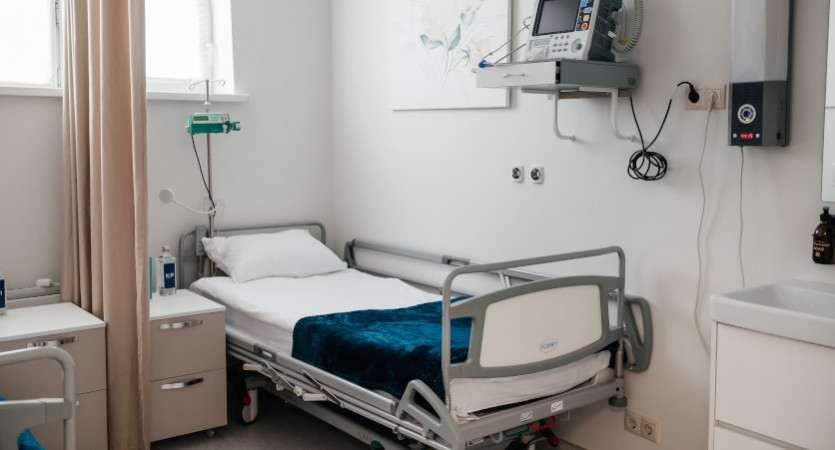
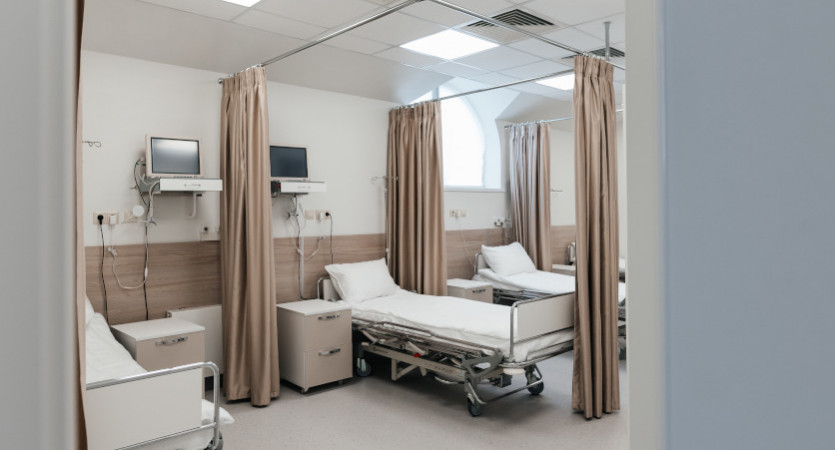
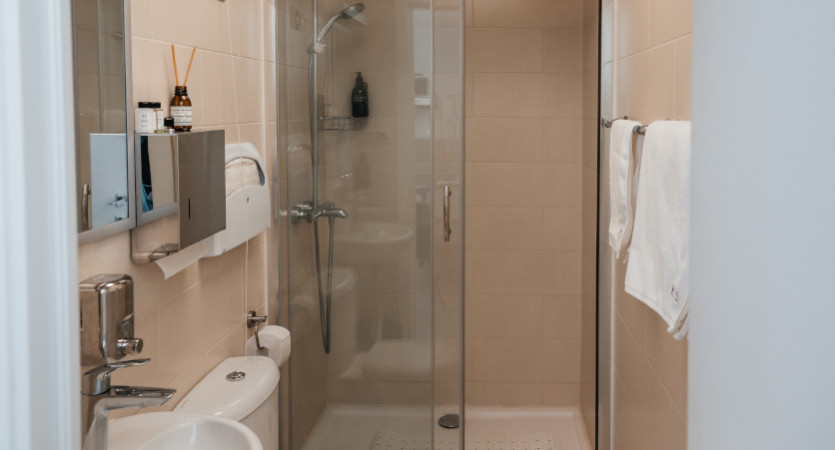
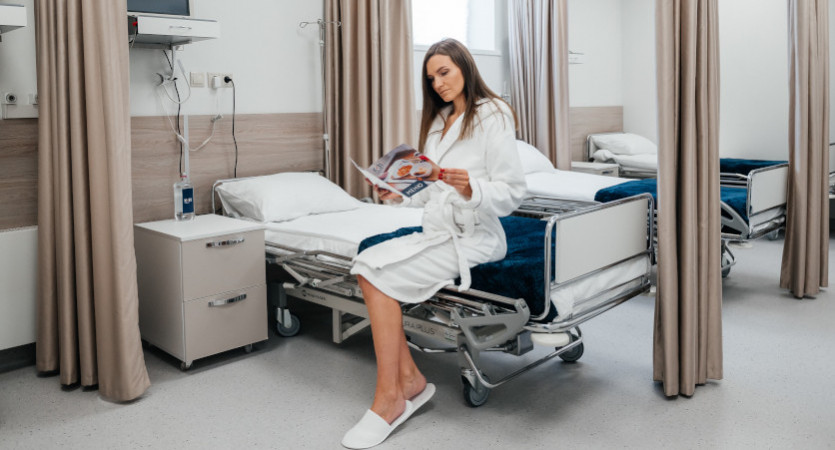
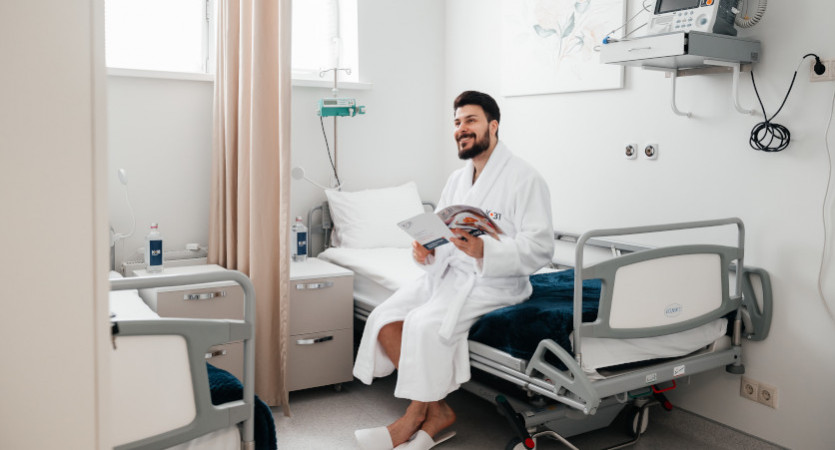
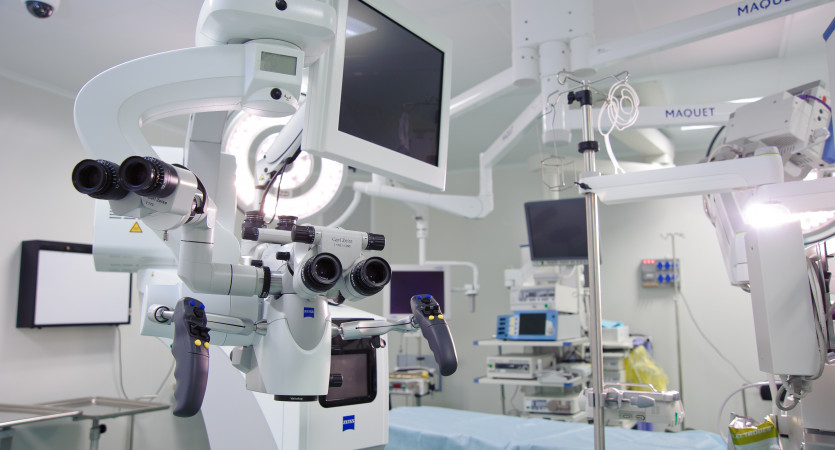
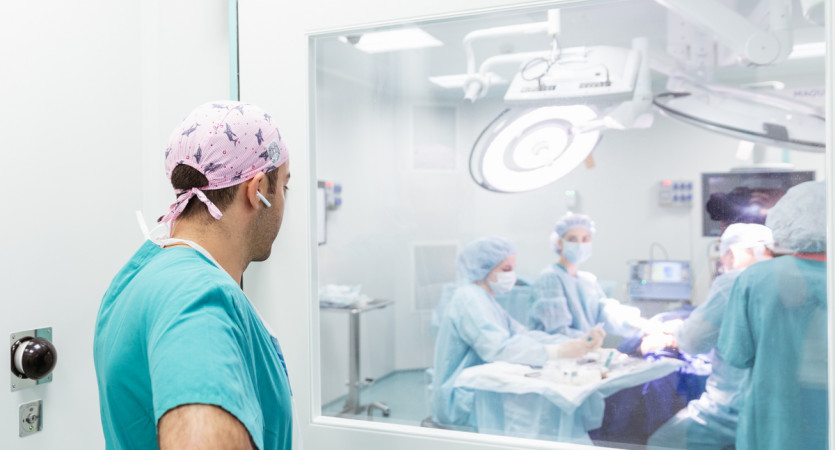
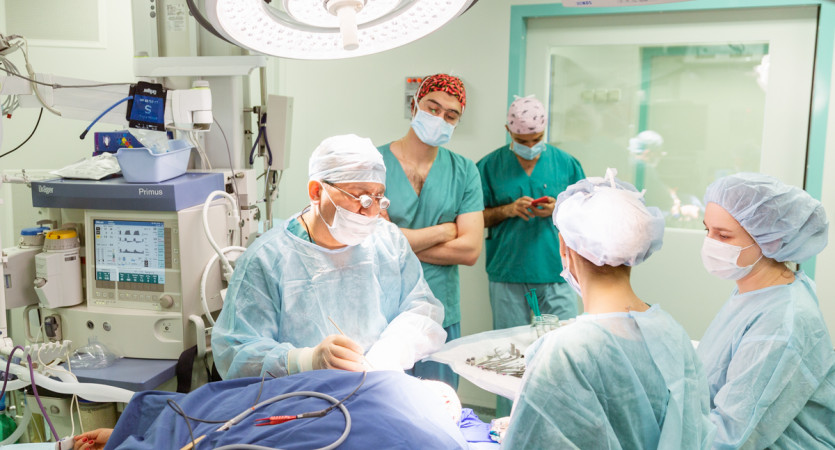
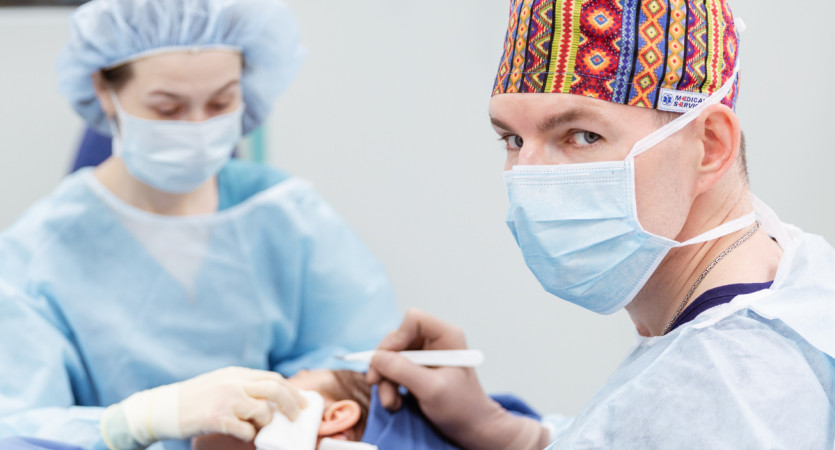
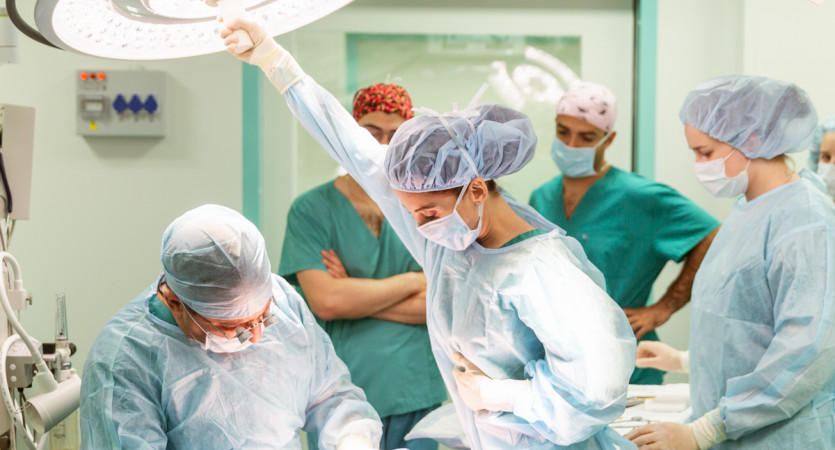


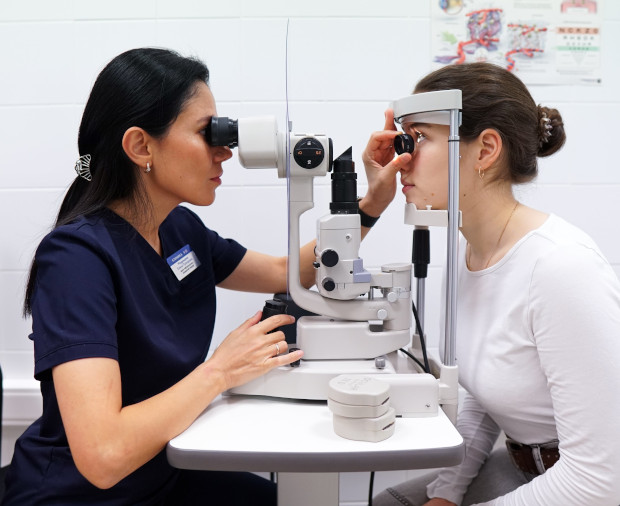

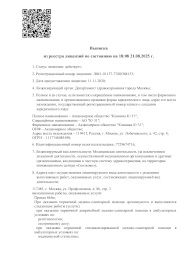

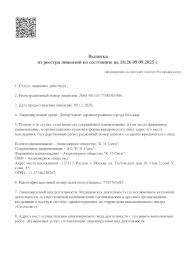
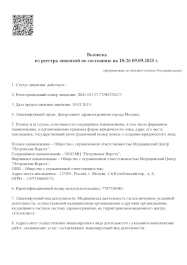
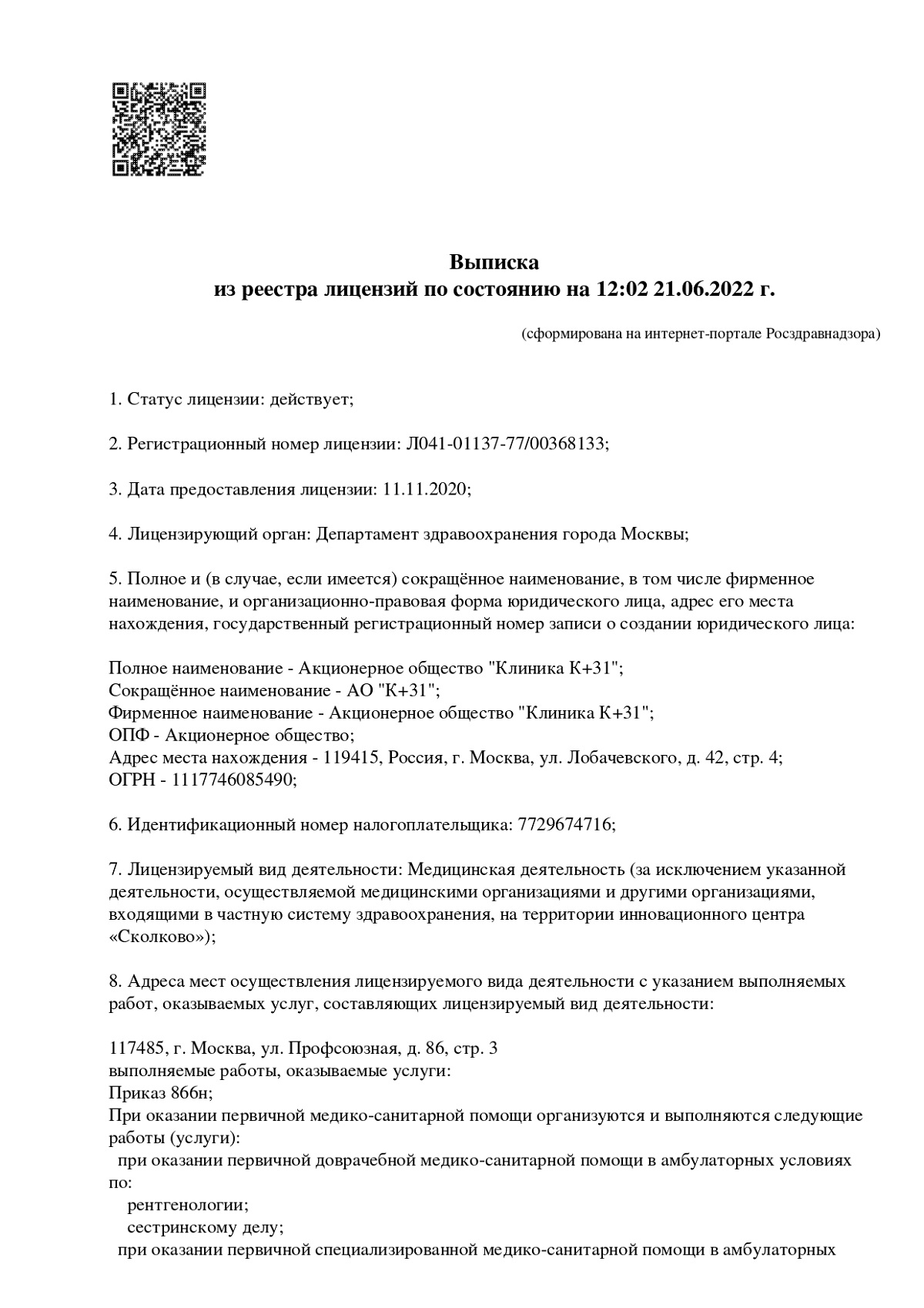
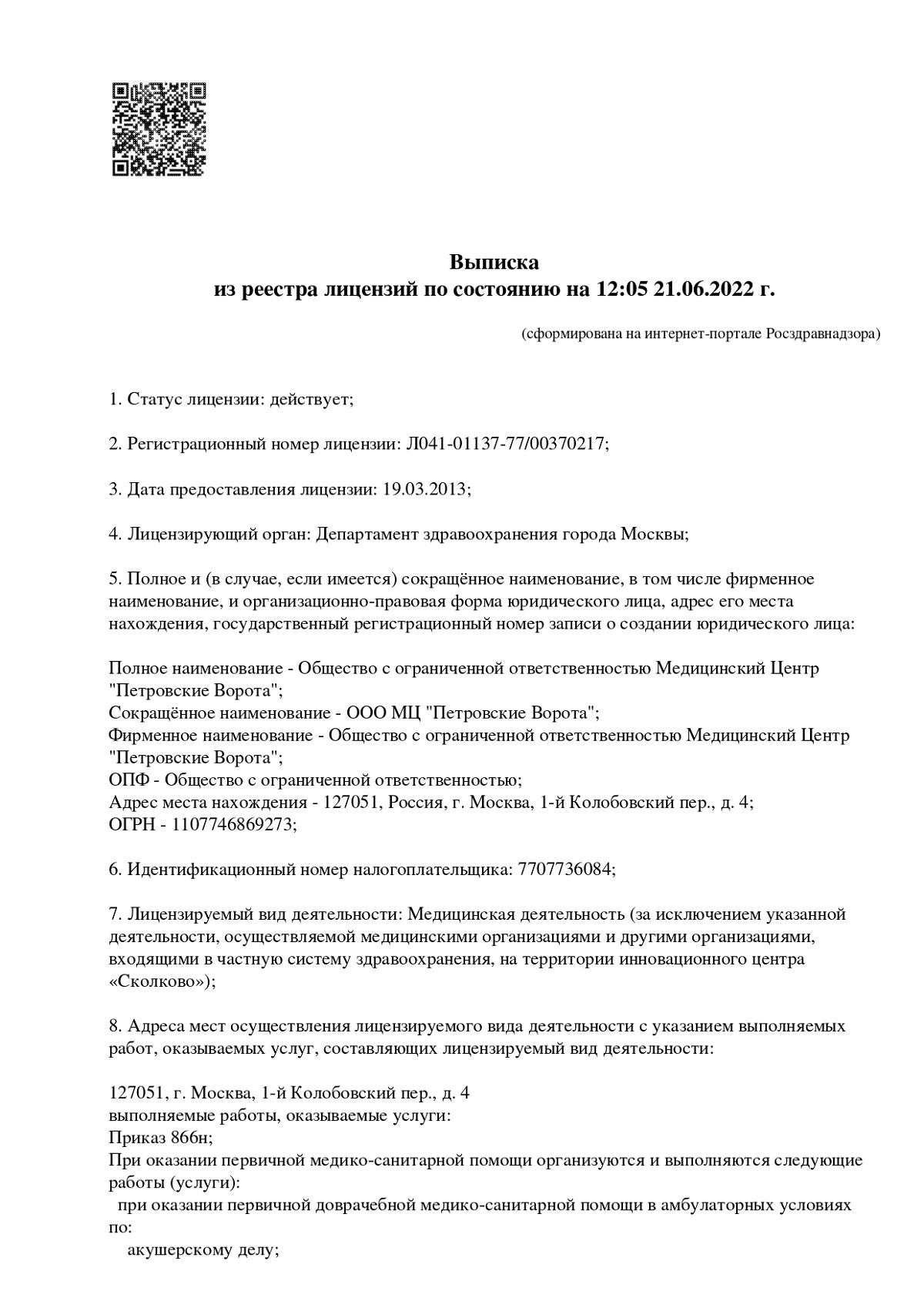
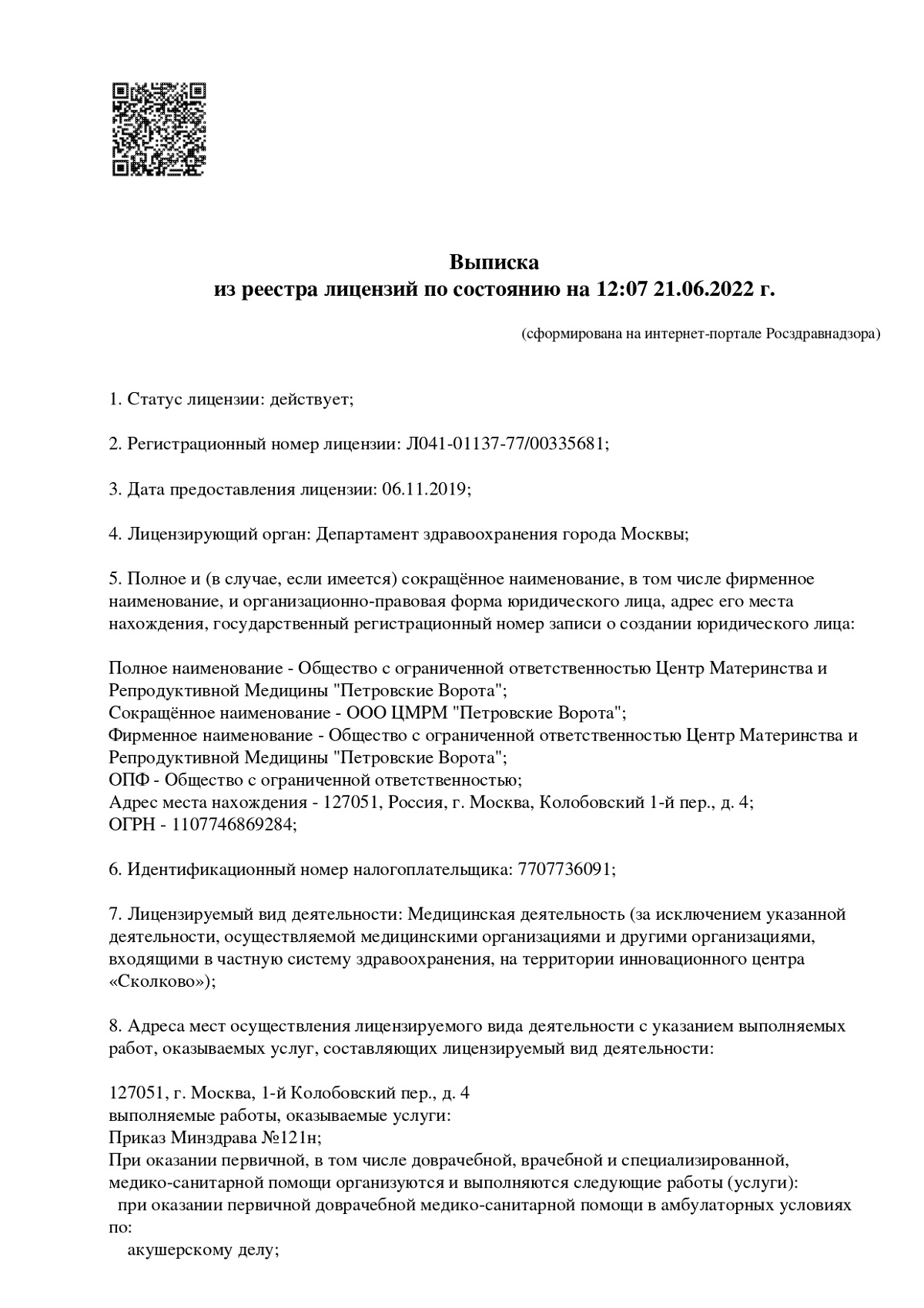
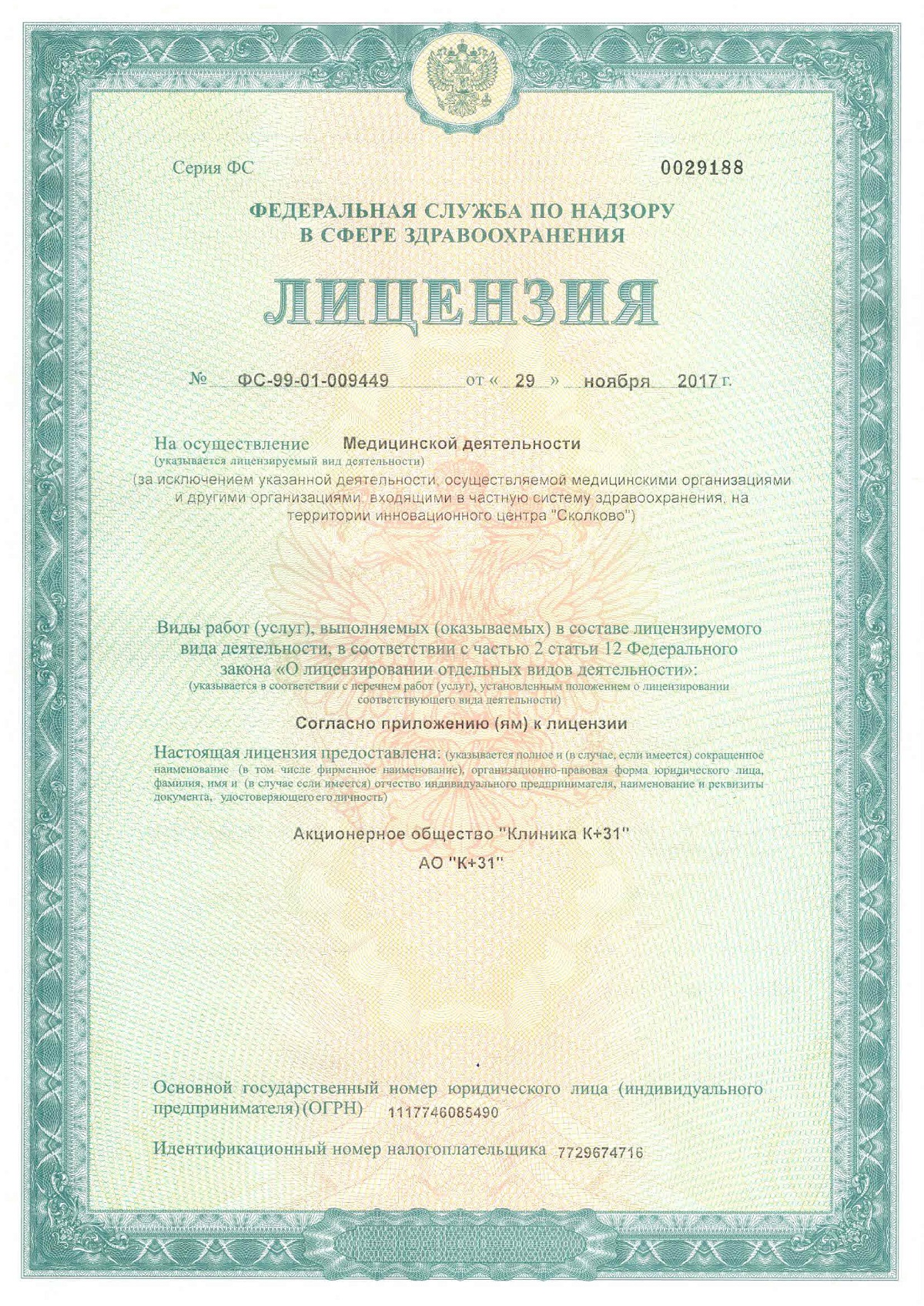
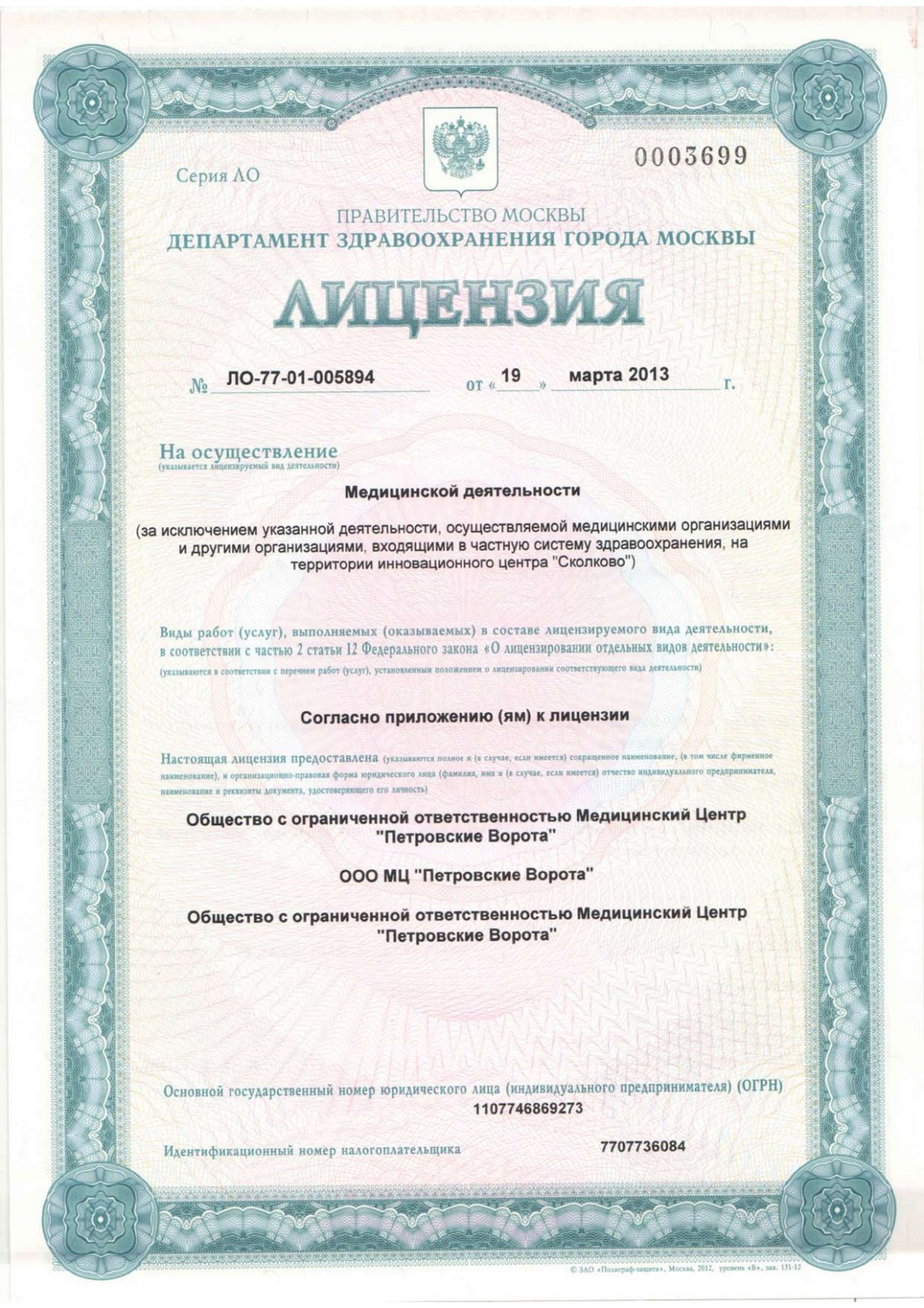
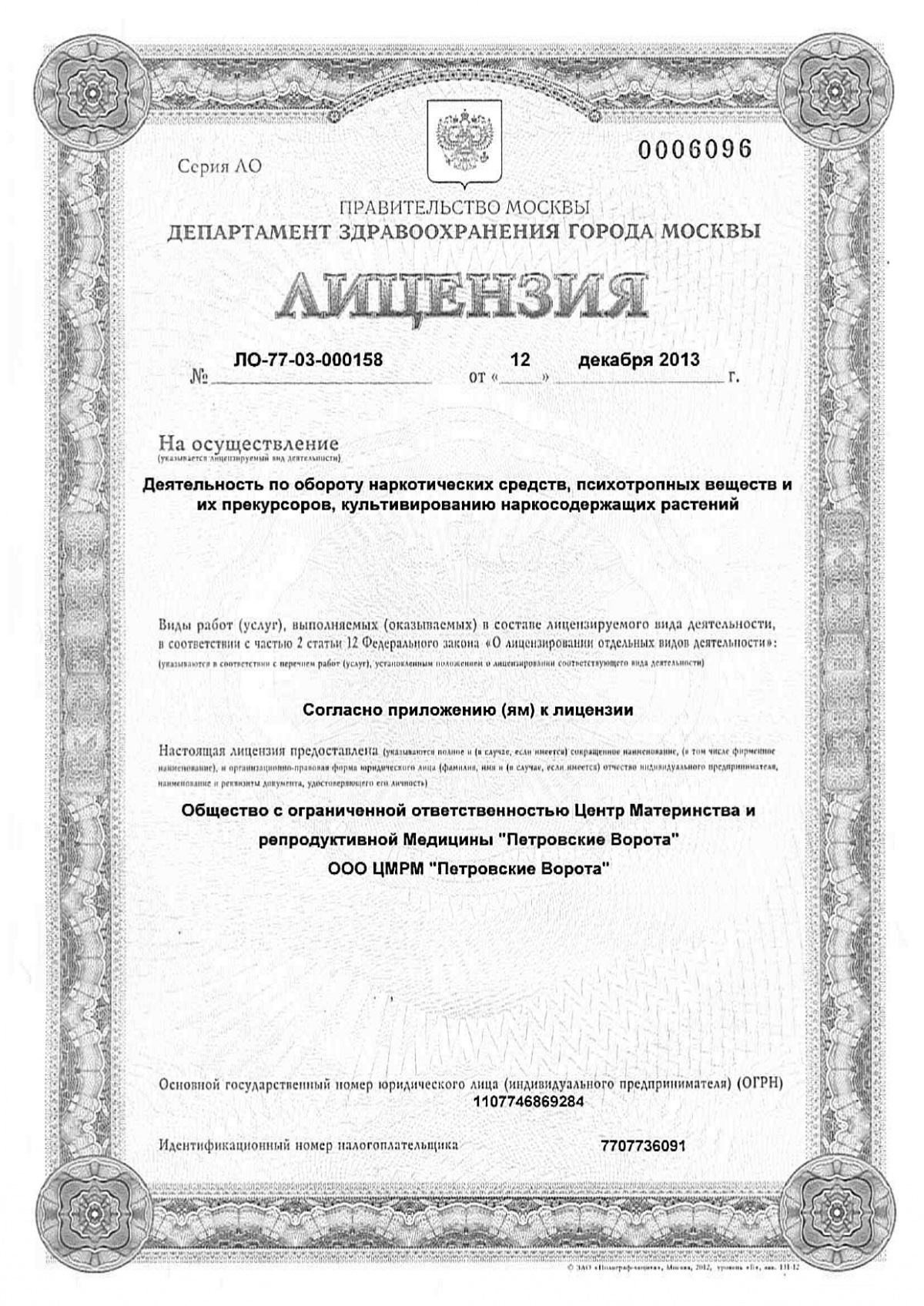
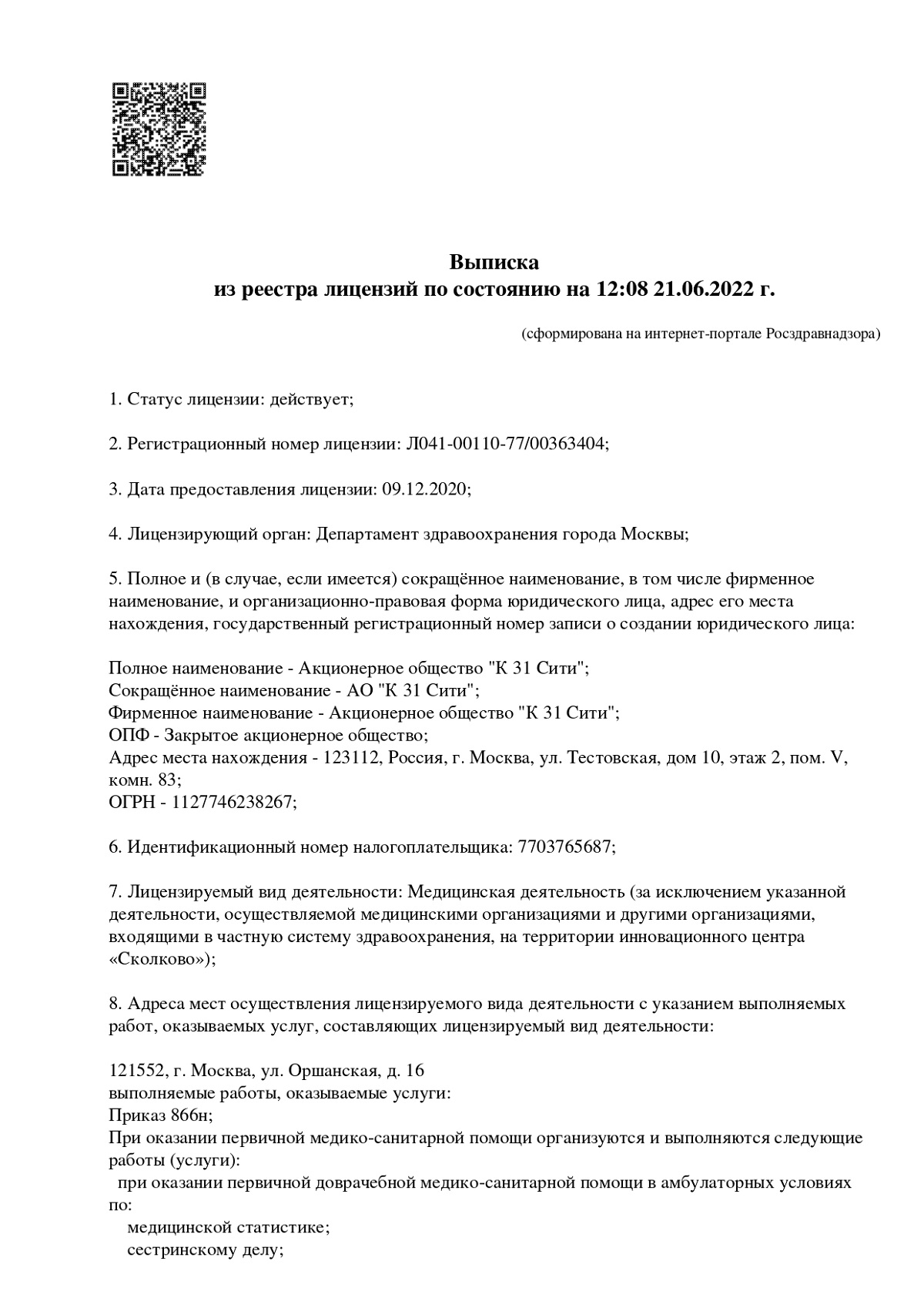
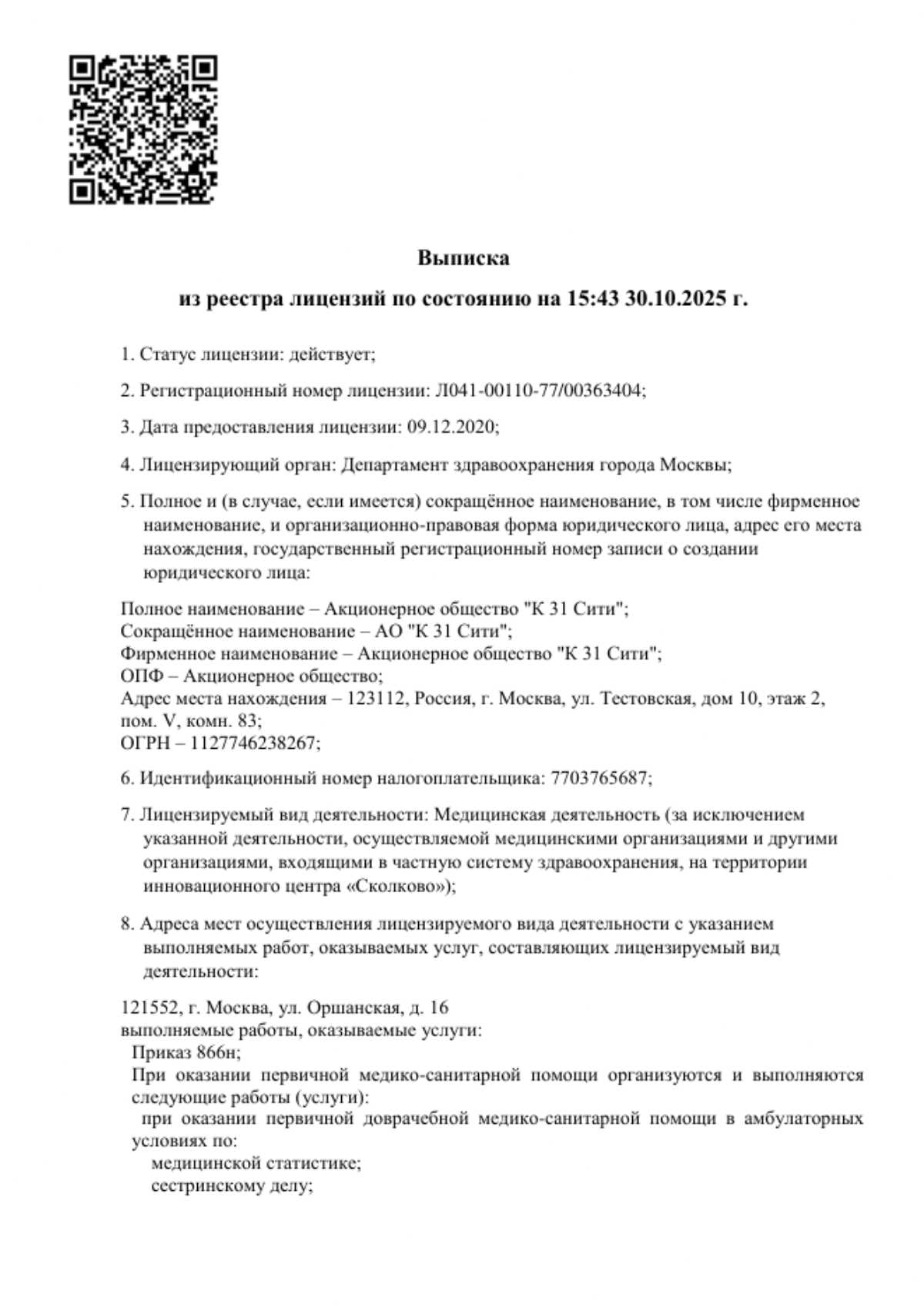
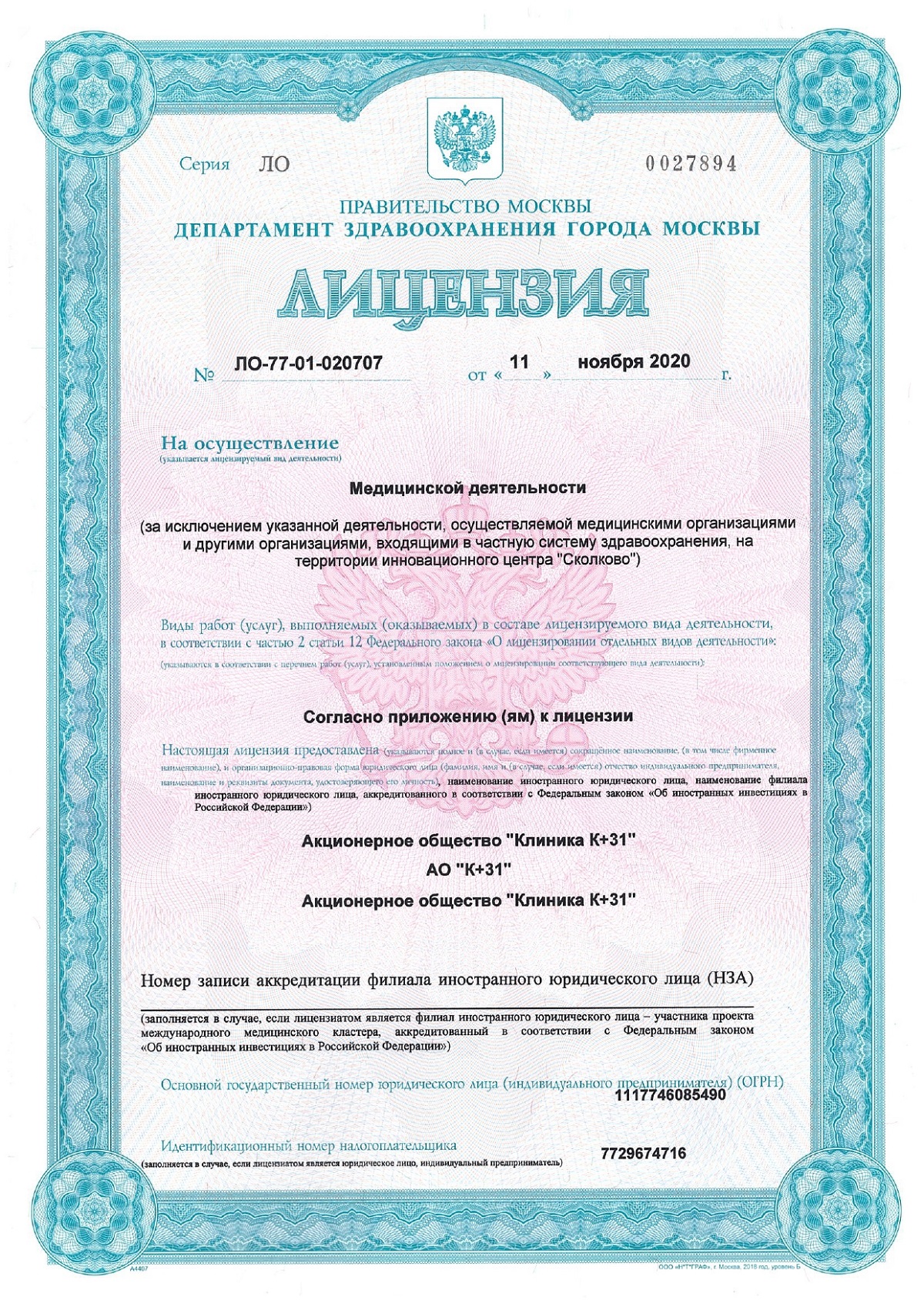
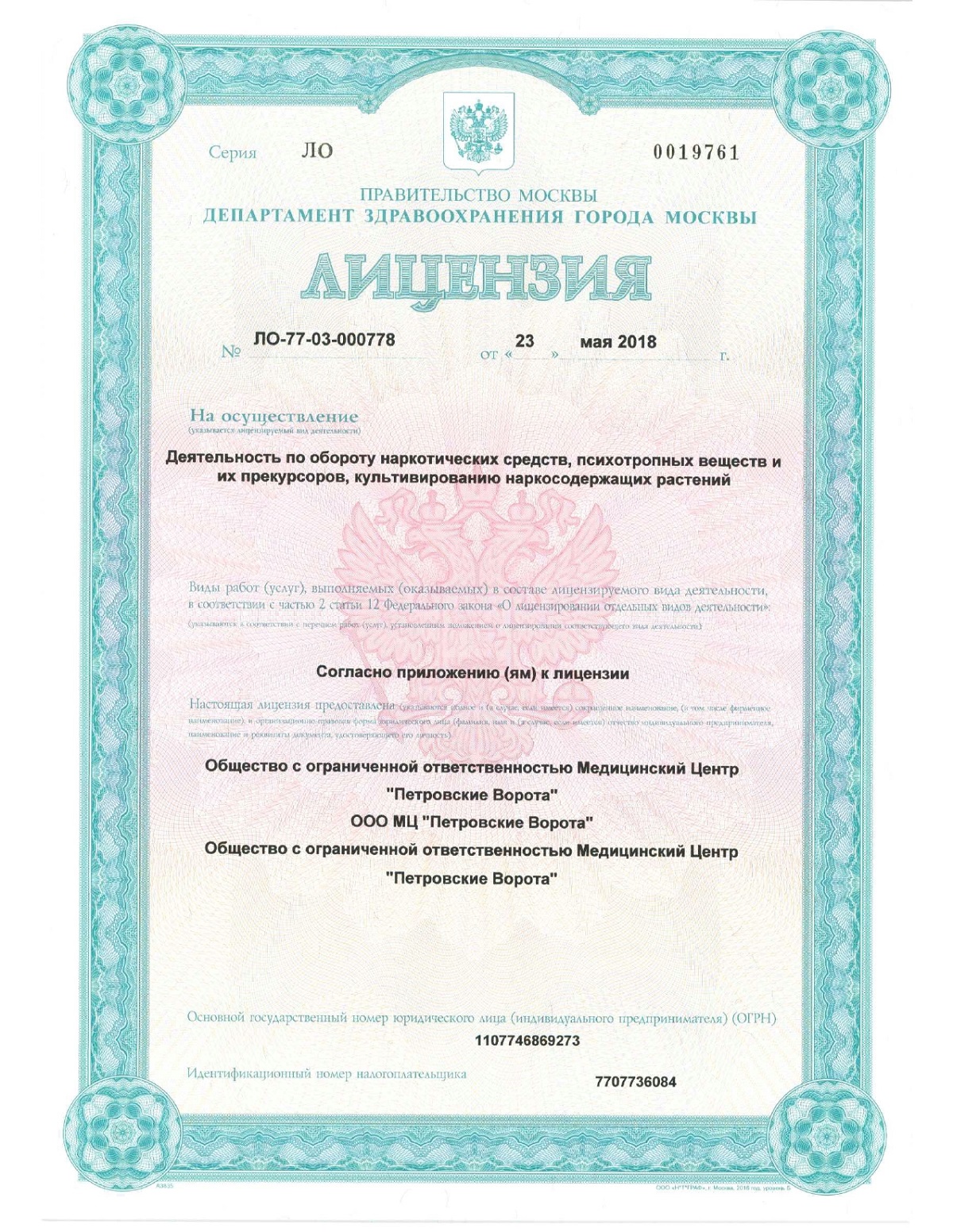
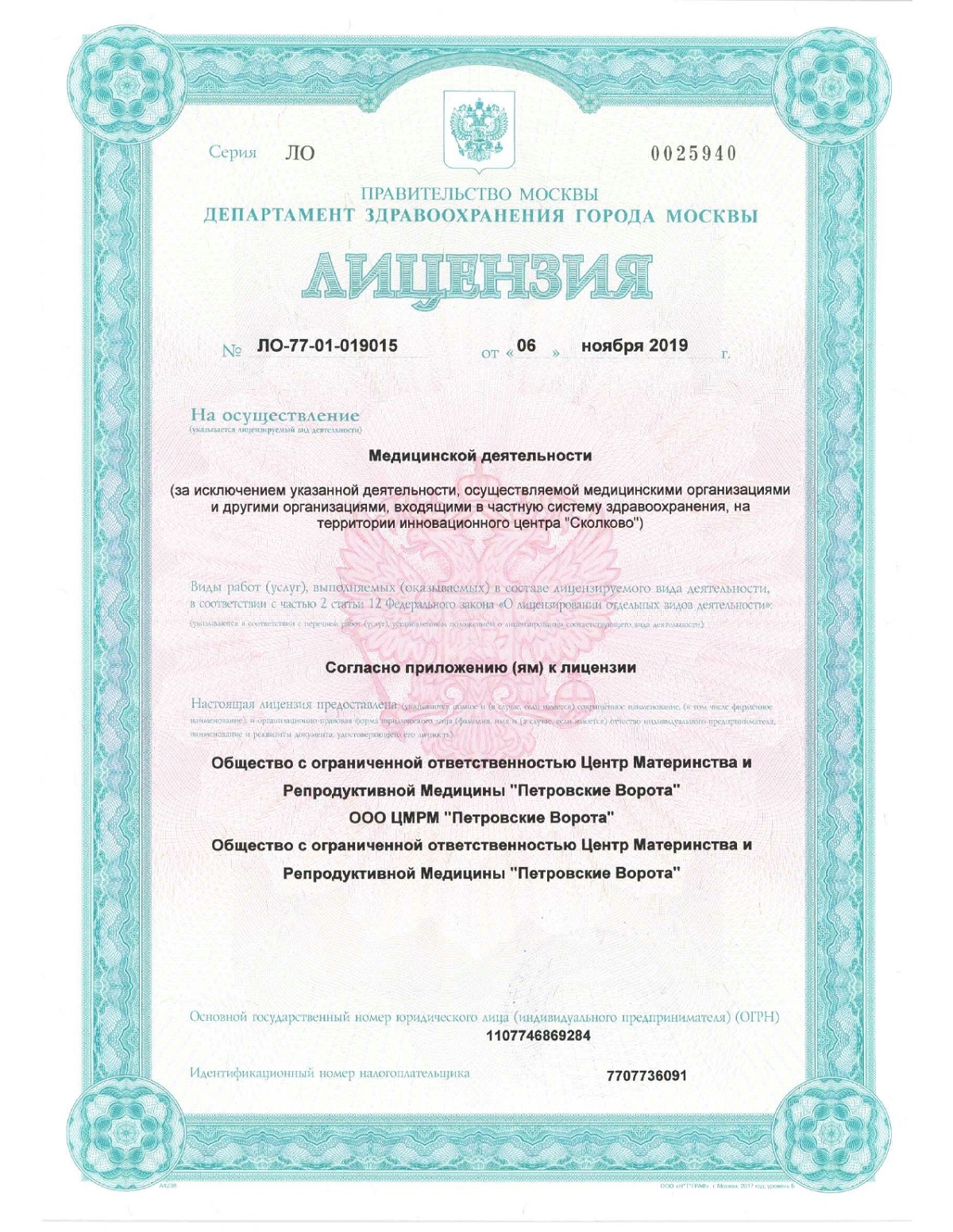
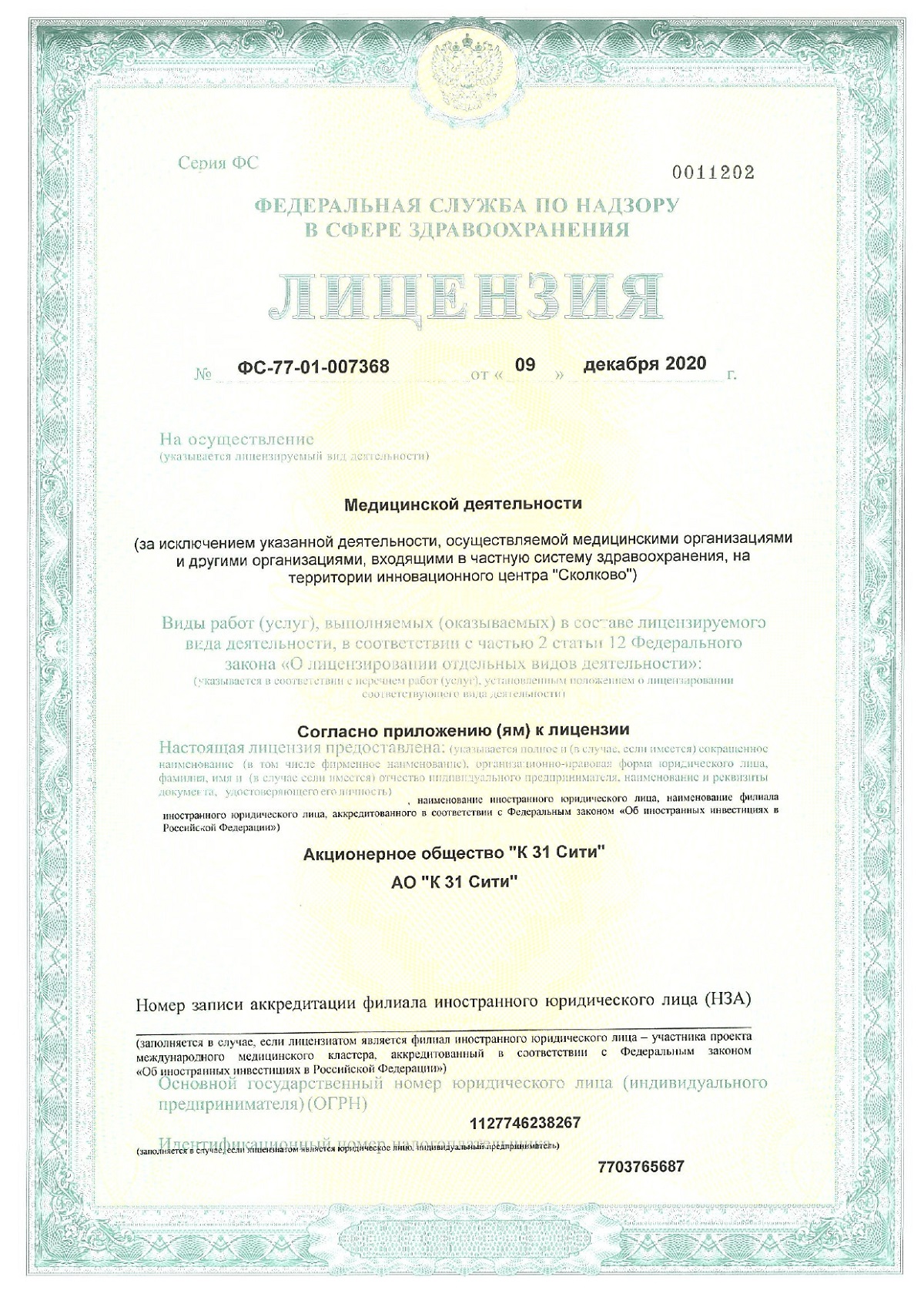



About the service
One of the main principles of oncological surgery is to preserve the affected organs as much as possible. The doctor takes into account the location of the tumor, the ratio of its size to the volume of the remaining healthy tissue, the presence or absence of metastases, and other nuances. However, complete removal of the organ affected by cancer is sometimes the only way to save the patient's life. In the case of breast cancer, such a decision is made quite often. Many patients experience a partial or complete absence of breasts very hard, so they resort to surgical reconstruction of the mammary gland.